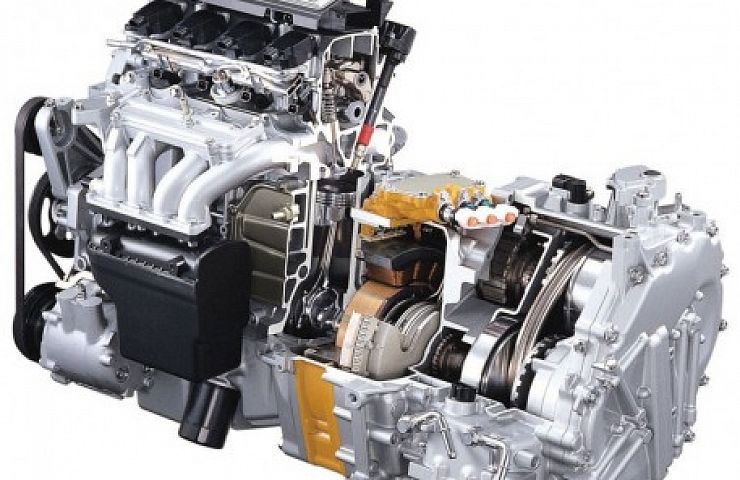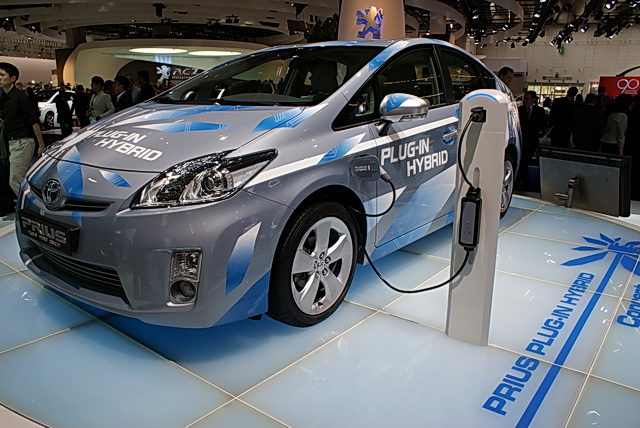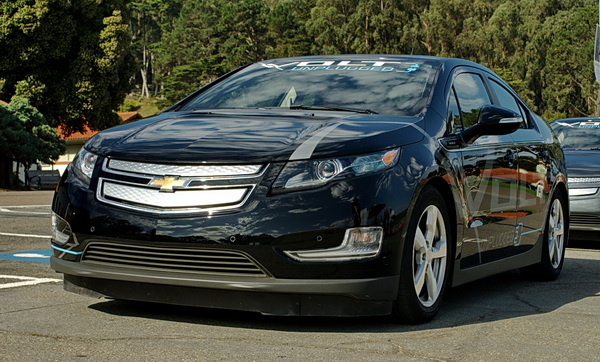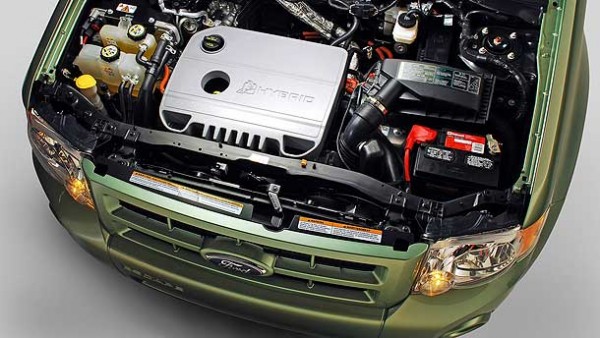Most of us drive gasoline- or diesel-powered cars, but we can’t ignore the ever-growing number of hybrid- and electric-powered cars on the roads. The terminology and technology can be confusing. This article spells out the basic differences between full hybrid, mild hybrid, plug-in hybrid, and full electric vehicles.
Full Hybrids
Gas/electric hybrids come in a couple different flavors — full and mild. So what’s the basic difference between full and mild hybrids? Full hybrids can run solely on the gasoline engine, the batteries and electric motor — or both. Hybrids generally operate in this fashion: At low speeds (10 mph and under) propulsion is created using only electricity. Mash down on accelerator pedal, and the engine and electric motor work together. The gasoline engine handles high-speed cruising, such as on the highway.
Regenerative Braking
Some hybrids use an innovation called regenerative braking to help recoup some of the power lost during deceleration. What happens during the process is the driver steps on the brake and the electric motor rotates in reverse, slowing the vehicle, and charging the battery pack. Toyota’s Prius pioneered the mainstream use of hybrid vehicles.
Mild Hybrids
The mild hybrids cannot be driven solely on the electric motor. The electric motor allows the engine to be turned off during coasting, braking and stopping, while restarting quickly. Saturn’s Vue Green Line and the Chevrolet Silverado hybrid are examples of mild hybrids.
Full Electric
Electric vehicles utilize one or more electric motors for movement and power. Their cost is markedly higher, mostly because of the costly battery pack that supplies energy to the motors. Electric vehicles also use a regenerative braking system. It’s also fun to note that during the rise of the automobile in the early 1900s, electric cars were competing with internal-combustion cars for market dominance. The gasoline engines won out over the batteries back then, mostly because of quicker improvements and greater efficiency compared to the batteries of 100 years ago.
Plug-In Hybrids
A plug-in hybrid charges when connected to an external electrical power source — such a special plug in your garage. It acts in much in the same way as an electric vehicle, but uses the engine as a backup. This helps prevent range anxiety — the fear that the vehicle lacks sufficient power reserves to get where you’re going. The Chevy Volt is an example of this technology.
Performance isn’t often part of the goal of hybrid or electric vehicles. A few of the higher-end brands, such as Fisker and Tesla disagree with that sentiment, but for the most part it’s true.
Don’t Try This at Home, Kids!
The energy systems in hybrid and electric vehicles are too complicated and, frankly, dangerous for wrenching on at home. When I was a Ford technician, we were required to lay out safety cones, wear oversized rubber gloves and use rubberized tools when diagnosing and working on the hybrid components. A 2005 Escape hybrid’s 330-volt, nickel metal hydride battery weighs 110 pounds — not exactly child’s play.
But that doesn’t need to stop you from regularly maintaining your hybrid car. The engines need oil and filter changes just like their conventional counterparts. And there’s no end to the interior customizations or exterior modifications.
Next week look for our 101 Primer on automatic and manual transmissions.
Missed part 1 of our series about engines. Click the link to learn more: Internal Combustion Engine 101








